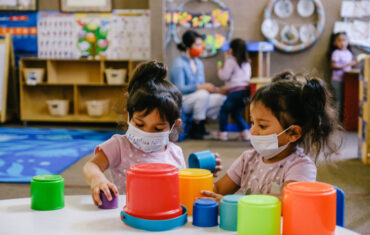Isolation Gowns can prevent transmission of infectious diseases in certain settings. However, laboratory and field studies have produced mixed results of their efficacy. Isolation gowns offer varying resistance to blood and other bodily fluids depending on the type of the material. Based upon application, its market is classified into medical industry, chemical industry, food industry, laboratory and others
What is disposable isolation gown?
People design disposable isolation gowns to be discarded after a single use by non woven materials. Manufactures can also combine with materials that protect from liquid penetration. They can use various forms of synthetic fibers for the construction of disposable isolation gowns.
A gown can protect against the transfer of pathogens or reduce the spread of infectious agents. Select a gown that is appropriate for the activity and amount of fluid likely to be encountered. Remove a soiled gown as promptly as possible. Lastly, wash hands to avoid transfer of microorganisms to other patients or environments.
How to choose a gown?
Sizing or fit is one of the characteristics that is critical for the protection and comfort of users. In the marketplace, people offer different size options in addition to universal sizing. The gowns must allow adequate freedom for users to move. Manufacturers designed them to fit a diversity of body shapes and sizes. Also, users are easy to put on and remove without contaminating the worker or the workplace. Appropriate gowns can prevent or reduce exposure to blood borne pathogens of healthcare workers.
Other requirements:
Manufacturers generally make compromises during the design and development of products. They are also trying to achieve the maximum degree of protection with the highest level of comfort and at the lowest possible cost. Because comfort is one of the most critical characteristics for PPE compliance in healthcare. It is essential to design gowns that are protective and at the same time comfortable.
Summary
Exposure to the pathogenic microorganisms harbored in blood, body fluids and other potentially infectious material can lead to occupationally acquired infections in healthcare workers (HCWs). That’s why it’s critical that healthcare providers understand the levels of barrier protection can afford them in patient-care and surgical situations. Isolation gowns currently available on the marketplace offer varying resistance to blood and other bodily fluids depending on the type of the material, its impermeability, and wear and tear.
Many HCWs, whether they are new to the field or seasoned veterans, perhaps have not been educated sufficiently about the selection and use of protective apparel. During pandemic, users need to get more information about isolation gowns in the marketplace, guidance documents or standards. Knowledge deficits or gaps about infectious materials exposure and barrier protection issues may exist, so manufacturers are on the lookout for opportunities to help educate HCWs. Manufacturers have endeavored to make gown selection easier for HCWs by providing visual cues in their product packaging and labeling. The performance and design requirements for isolation gowns can help them select the most appropriate gown for use.







Unquestionably imagine that that you stated. Your
favorite reason seemed to be at the internet the simplest thing to take
note of. I ssay to you, I definitely get annoyed at the same time as follks consider concern that theyy just don’t realize about.
You controlled to hit the nail upon the highest aas well as outlined out the whoile thing without having side-effects ,
other people could take a signal. Will likely bee again tto
get more. Thanks
I agree with you
It’s hard to say